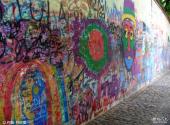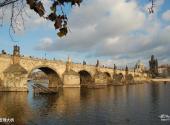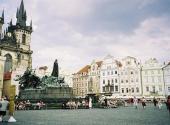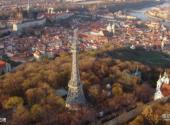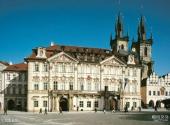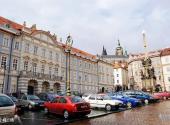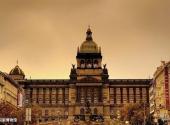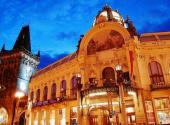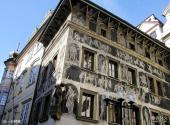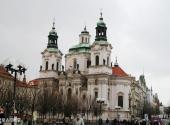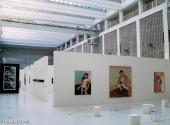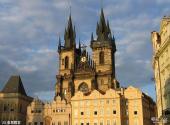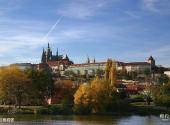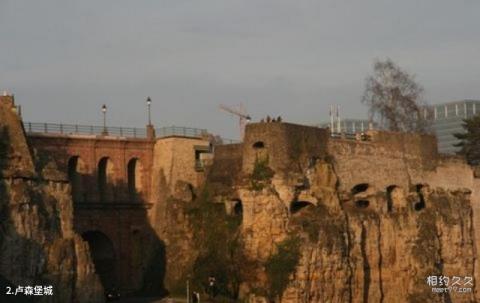
Scenic spot introduction:
Prague, the capital of the Czech Republic, is known as one of the most beautiful cities in Europe. The city is located in the Bohemia region in the central and western part of the European continent. The Vltava River winds through the city. The ancient tower buildings with spires or domes in the city, whether Romanesque, Gothic, Baroque, or Renaissance, are all well preserved. The tops of the buildings are particularly varied and the colors are extremely gorgeous (red tiles and yellow walls), so it has the beautiful names of "City of a Thousand Towers" and "Golden Prague".Attractions distribution:
Prague was the political center of the Czech Kingdom more than 1,000 years ago. It has a history of more than 700 years since it became the first royal city of the Czech dynasty in the 13th century. From the 13th to the 15th century, it was an important economic, political and cultural center in Central Europe. The city is surrounded by mountains and rivers, with many historical sites and more than 2,000 historical relics under national key protection. In almost every street and alley in the old city, you can find various forms of buildings since the 13th century, such as the famous St. Vitus Church built in 1344, the Charles Bridge on the Vltava River built in 1357 with numerous statues and incomparable artistic value, the Charles University, the oldest institution of higher learning in Central Europe built in 1348, and the magnificent Prague Palace and the historic National Theater. Some remote and quiet streets in the old city still retain their medieval appearance. The streets are paved with stones, the street lights are ancient gas lamps, and many houses have religious murals. With the development of urban transportation, many streets in the old city have become too narrow and only cars and trams are allowed to pass in one lane.Scenic spot qualifications:
World HeritageScenic spot features:
medieval, cultural tour, city tour, ancient city, architectureTravel Notes of Travellers:
- Travel Guide: 12-Day Eastern European Tour Guide 2017
Tour route:
Two Days in Prague
Day 1: Vltava River → Charles Bridge → Charles Street → Prague Castle ( Old Royal Palace , St. Vitus Cathedral, St. George's Basilica, Golden Lane , Powder Tower , Santa Croce Church, Loreta, etc.) → Lesser Town ( Lesser Town Square , St. Nicholas Church , Peranta wait)
Day 2: Old Town ( Old Town Square , Chiming Clock Tower , St. Nicholas Church , Tyne Cathedral ) → New Town ( New Town Hall , Wenceslas Square , National Museum , State Opera House ) → Railway Station, Miru Plaza, etc.
Since Prague's attractions are very compact, netizens can choose some of them to visit according to their interests. If there is still plenty of time, you can set aside a few days to spend a few nights in KH town, KV town, or ck town around Prague.
Best time to visit:
In spring and summer, the famous "Prague Spring" International Music Festival is held from May 12 to June 3 every year. At that time, many internationally renowned orchestras will come to Prague to perform. The city's opera houses, squares, and even the bridges over the Volta River are filled with bands and music lovers, and the whole city becomes a sea of music.
Scenic spot location:
Europe > Czechoslovakia > Prague
How to get there:
Prague is the hub of the Czech railway network, with 2 international train stations and many smaller suburban stations, from which it is possible to reach anywhere in the Czech Republic and many parts of neighboring countries.
Prague's Ruzyne International Airport is the headquarters of Czech Airlines, the flag carrier of the Czech Republic. It is a large international airport with an annual passenger volume of 5 million. There are some low-cost flights to and from the UK and other countries every day. Ruzyne International Airport is considered one of the most modern airports in Europe.
Scenic area map:
3D real scene of scenic spot
Scenic area opening hours:
Prague Castle : May to October, 09:00-17:00; November to April, 09:00-16:00.

